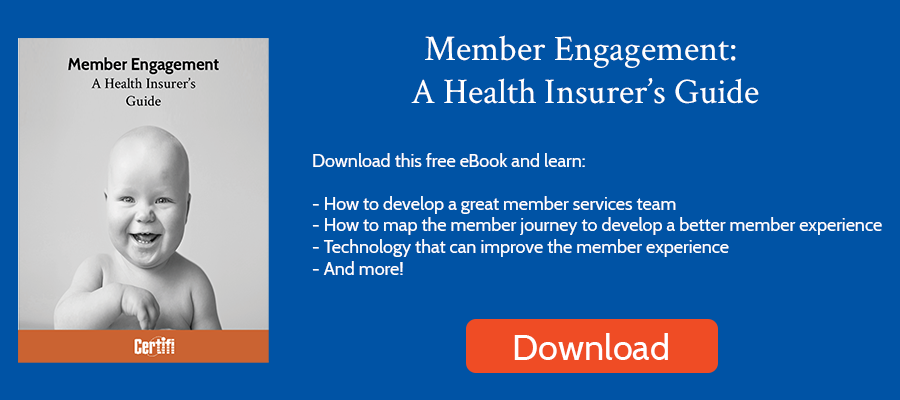In August of 2022, Wisconsin’s Office of the Commissioner of Insurance (OCI) released a market analysis conducted by BerryDunn of the state’s individual health insurance marketplace. The document addressed Wisconsin’s uninsured population, its Affordable Care Act insurance exchange enrollment, and enrollment assistance needs.
The report’s analysis of the drivers of consumer health insurance purchasing decisions can help insurers better market and sell their plans in the individual market. Here’s a look at that health insurance purchasing decision analysis and takeaway for insurers selling in ACA markets:
How did BerryDunn conduct its purchasing decision research?
In addition to reviewing existing national surveys from sources like the CDC, Kaiser Family Foundation, and the Commonwealth Fund, the researchers conducted a direct survey of Wisconsin consumers in June of 2022. The researchers offered a $25 gift card to a local business as an incentive to complete the survey. Researchers received 562 consumer responses from consumers living in 27 Wisconsin counties.
What drives health insurance purchasing decisions?
Costs play a role in insurance selection, with Wisconsin consumers ranking low copayments, low deductibles, and low monthly premiums as the third, fourth, and fifth most important factors when selecting a health insurance plan. But coverage – in the form of preferred doctors and hospitals and specific services or prescriptions – ranked as the top two selection factors.
When making other purchasing decisions, quality ratings from reputable sources and word of mouth or reputation may play a key role. But when it comes to choosing health insurance, those factors weigh well below coverage and cost.
The survey also found that consumers struggle to understand the complexity of health insurance. Over 20% of respondents could not describe the meaning of copayments, while 14% said they weren’t sure how deductibles work.
That complexity may cause consumers to make decisions that aren’t necessarily in their best interests. For example, they may choose low premium plans even though they may have high deductibles or copayments and ultimately a higher total out-of-pocket cost.
Wisconsin also has high insurer participation. Which theoretically offers consumers more choice, which may drive down cost. But that choice has a cost. With the average county having nearly 50 qualified health plans, reviewing all the available options and selecting the best plan can be difficult for consumers to achieve.
Takeaways
What does this all mean for health insurers looking to attract members? Accentuate the health plan attributes that drive purchasing decisions. Consumer cost matters, but your marketing mix should highlight your networks or any additional coverage or service options that differentiate you from the pack. As this research shows, network and service coverage matters.
Word of mouth and quality ratings are also a factor, so work to improve your quality ratings. Also, identify and leverage your happiest members. Ask them to leave online reviews, conduct interviews that you can turn into testimonials and case studies, or think of other unique ways to leverage their experience.
Where do consumers go to get information about making a purchasing decision?
The survey included the question, “Where are you most likely to hear or learn information about health insurance and changes in government programs?” Though word of mouth wasn’t a primary factor when selecting insurance, over 22% of respondents said word of mouth was where they were most likely to learn about health insurance, the #1 response. The Internet was second, at 18.6%, followed closely by social media at 18.2%. TV ads (16.8%), cable news and programming (9.3%), radio ads (8.8%), and local newspapers (5.9%) rounded out the top responses.
Takeaways
Best-in-class marketing meets consumers where they seek information. As the responses above show, consumers frequently learn about health insurance through word of mouth, the Internet, and social media. You can see why many insurers have invested in improving member engagement. Those efforts not only aid retention, but happy members are more likely to recommend their insurer to their peers, increasing the ROI of those engagement efforts.
Finally, investments in digital assets can help you reach more consumers. Leverage your website to provide a health insurance buyer’s guide, create social media posts explaining key health insurance features and terms, or create short YouTube videos featuring your happiest members. You’ll likely have more success educating than selling, so focus on building brand awareness by providing helpful resources that make it easier for consumers to understand the health insurance buying process.
Certifi’s health insurance premium billing and payment solutions help healthcare payers improve member satisfaction while reducing administrative costs.



